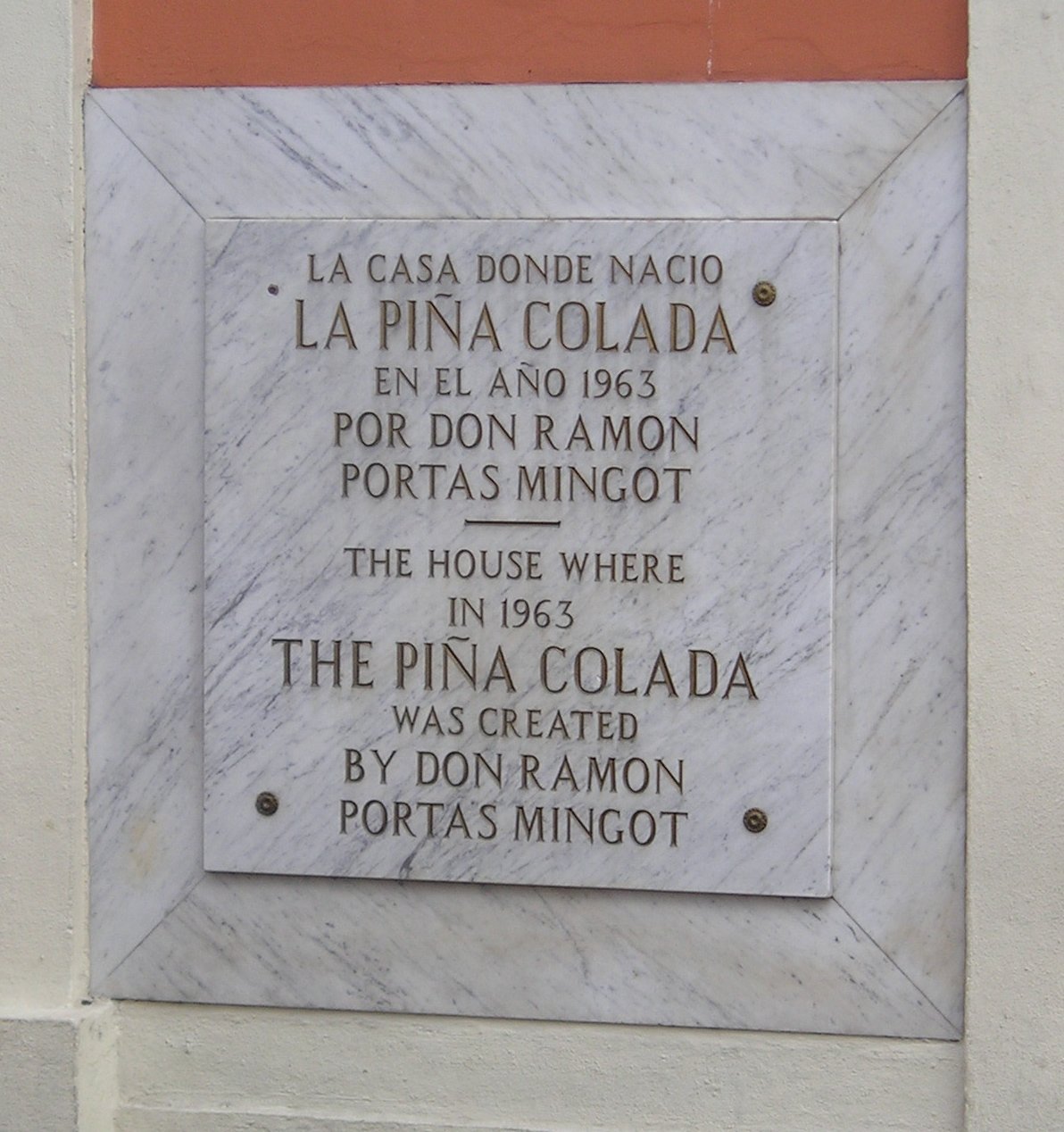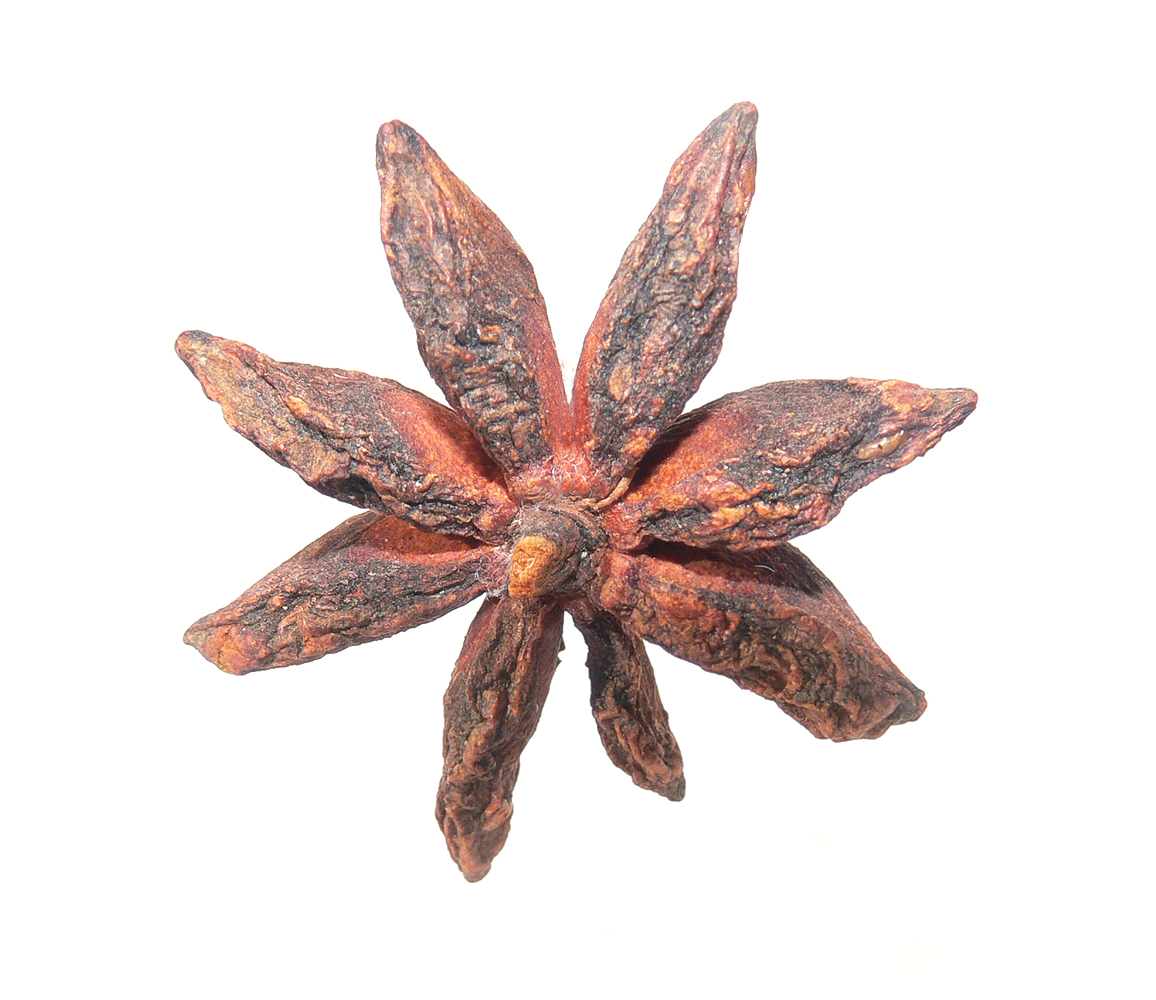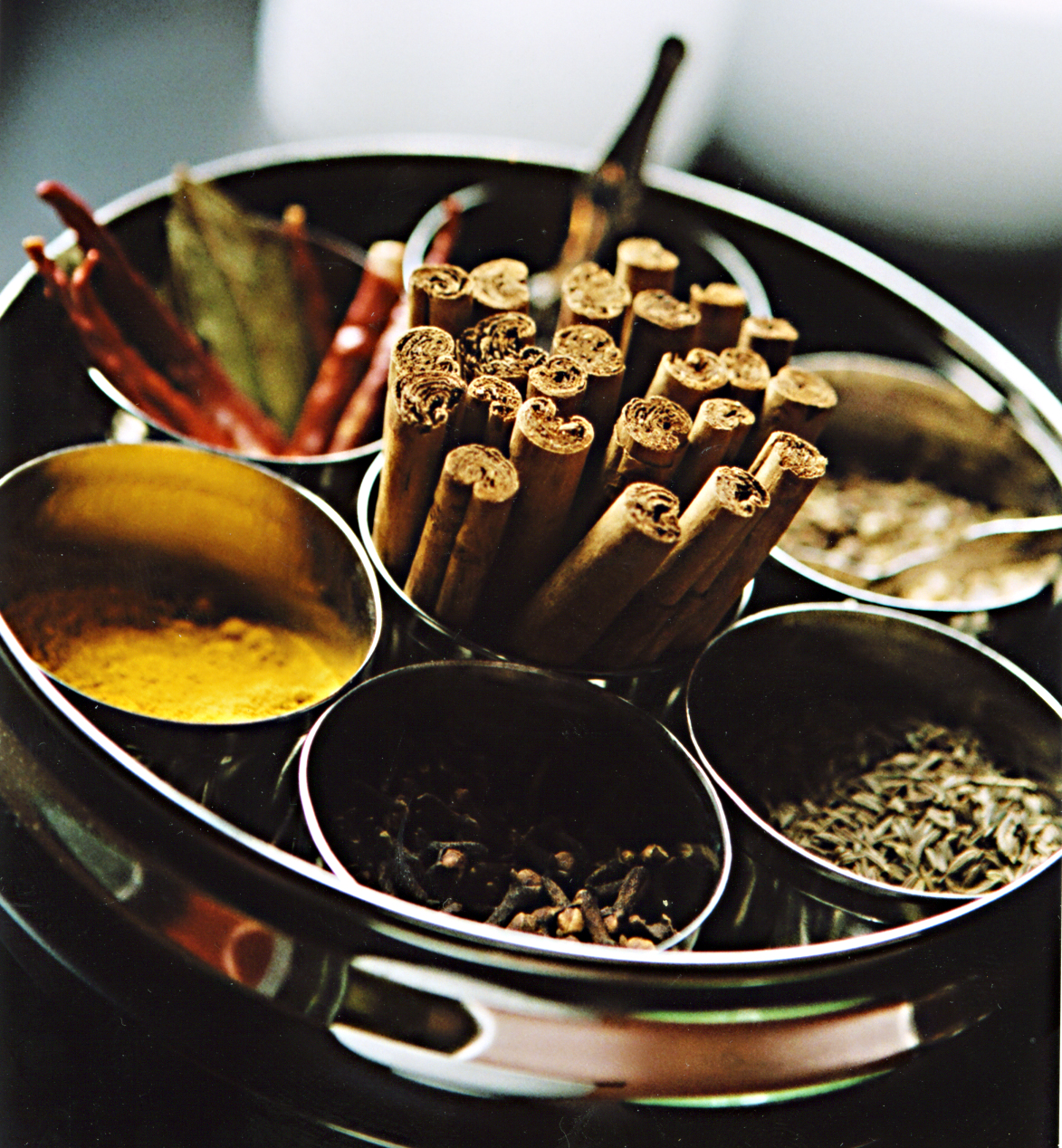|
Coquito
Coquito meaning ''"Little Coconut"'' in Spanish is a traditional Christmas drink that originated in Puerto Rico. The coconut-based alcoholic beverage is similar to eggnog, and is sometimes referred to as Puerto Rican Eggnog (though incorrectly, as coquito does not call for eggs). The mixed drink is made with Puerto Rican rum, coconut milk, cream of coconut, sweetened condensed milk, vanilla, nutmeg, clove, and cinnamon. History Coquito was originally found in Puerto Rico. However, drinks similar to coquito are found throughout the Caribbean. There are two different theories about the origin of the drink. Some believe the person who created coquito is unknown along with how the recipe began. Others say that the drink was brought to the Caribbean by the Spanish during Puerto Rico's colonial period. The Spanish took their version of eggnog and combined it with the local rum, creating coquito. As they continued to travel and settle in other areas, the drink followed them, with di ... [...More Info...] [...Related Items...] OR: [Wikipedia] [Google] [Baidu] |
Coconut Milk
Coconut milk is an opaque, milky-white liquid extracted from the grated pulp of mature coconuts. The opacity and rich taste of coconut milk are due to its high oil content, most of which is saturated fat. Coconut milk is a traditional food ingredient used in Southeast Asia, Oceania, South Asia, and East Africa. It is also used for cooking in the Caribbean, tropical Latin America, and West Africa, where coconuts were introduced during the colonial era. Coconut milk is differentiated into subtypes based on fat content. They can be generalized into coconut cream (or thick coconut milk) with the highest amount of fat; coconut milk (or thin coconut milk) with a maximum of around 20% fat; and coconut skim milk with negligible amounts of fat. This terminology is not always followed in commercial coconut milk sold in western countries. Coconut milk can also be used to produce milk substitutes (differentiated as "coconut milk beverages"). These products are not the same as regu ... [...More Info...] [...Related Items...] OR: [Wikipedia] [Google] [Baidu] |
Eggnog
Eggnog (), historically also known as a milk punch or an egg milk punch when alcoholic beverages are added, is a rich, chilled, sweetened, dairy-based beverage. It is traditionally made with milk, cream, sugar, egg yolks, and whipped egg whites (which gives it a frothy texture, and its name). Distilled spirits such as brandy, rum, whisky or bourbon are often a key ingredient. Throughout Canada, the United States and some European countries, eggnog is traditionally consumed over the Christmas season, from late October until the end of the holiday season. A variety called ponche crema has been made and consumed in Venezuela and Trinidad since the 1900s, also as part of the Christmas season. During that time, commercially prepared eggnog is sold in grocery stores in these countries. Eggnog is also homemade using milk, eggs, sugar, and flavorings, and served with cinnamon or nutmeg. While eggnog is often served chilled, in some cases it is warmed, particularly on cold days (simi ... [...More Info...] [...Related Items...] OR: [Wikipedia] [Google] [Baidu] |
Cream Of Coconut
Coconut milk is an opaque, milky-white liquid extracted from the grated pulp of mature coconuts. The opacity and rich taste of coconut milk are due to its high oil content, most of which is saturated fat. Coconut milk is a traditional food ingredient used in Southeast Asia, Oceania, South Asia, and East Africa. It is also used for cooking in the Caribbean, tropical Latin America, and West Africa, where coconuts were introduced during the colonial era. Coconut milk is differentiated into subtypes based on fat content. They can be generalized into coconut cream (or thick coconut milk) with the highest amount of fat; coconut milk (or thin coconut milk) with a maximum of around 20% fat; and coconut skim milk with negligible amounts of fat. This terminology is not always followed in commercial coconut milk sold in western countries. Coconut milk can also be used to produce milk substitutes (differentiated as "coconut milk beverages"). These products are not the same as regul ... [...More Info...] [...Related Items...] OR: [Wikipedia] [Google] [Baidu] |
Cinnamon
Cinnamon is a spice obtained from the inner bark of several tree species from the genus '' Cinnamomum''. Cinnamon is used mainly as an aromatic condiment and flavouring additive in a wide variety of cuisines, sweet and savoury dishes, breakfast cereals, snack foods, bagels, teas, and traditional foods. The aroma and flavour of cinnamon derive from its essential oil and principal component, cinnamaldehyde, as well as numerous other constituents including eugenol. Cinnamon is the name for several species of trees and the commercial spice products that some of them produce. All are members of the genus ''Cinnamomum'' in the family Lauraceae. Only a few ''Cinnamomum'' species are grown commercially for spice. '' Cinnamomum verum'' (AKA ''C. zeylanicum''), known as "Ceylon cinnamon" after its origins in Sri Lanka (formerly Ceylon), is considered to be "true cinnamon", but most cinnamon in international commerce is derived from four other species, usually and more correctly ref ... [...More Info...] [...Related Items...] OR: [Wikipedia] [Google] [Baidu] |
Piña Colada
The piña colada (; es, piña , "pineapple", and , "strained") is a cocktail made with rum, cream of coconut or coconut milk, and pineapple juice, usually served either blended or shaken with ice. It may be garnished with either a pineapple wedge, maraschino cherry, or both. There are two versions of the drink, both originating in Puerto Rico. Etymology The name ''piña colada'' (Spanish) literally means "strained pineapple", a reference to the freshly pressed and strained pineapple juice used in the drink's preparation. History The earliest known story states that in the 19th century, Puerto Rican pirate Roberto Cofresí, to boost his crew's morale, gave them a beverage or cocktail that contained coconut, pineapple and white rum. This was what would be later known as the famous piña colada. With his death in 1825, the recipe for the piña colada was lost. Historian Haydée Reichard disputes this version of the story. In 1950, ''The New York Times'' reported that "Drin ... [...More Info...] [...Related Items...] OR: [Wikipedia] [Google] [Baidu] |
Star Anise
''Illicium verum'' is a medium-sized evergreen tree native to northeast Vietnam and southwest China. A spice commonly called star anise, staranise, star anise seed, star aniseed, star of anise, Chinese star anise, or badian that closely resembles anise in flavor is obtained from the star-shaped pericarps of the fruit of ''I. verum'' which are harvested just before ripening. Star anise oil is a highly fragrant oil used in cooking, perfumery, soaps, toothpastes, mouthwashes, and skin creams. Until 2012, when they switched to using a bacterial source, Roche Pharmaceuticals used up to 90% of the world's annual star anise crop to produce shikimic acid, a chemical intermediate used in the synthesis of oseltamivir (Tamiflu). Etymology and nomenclature ''Illicium'' comes from the Latin ''illicio'' meaning "entice" or "seduce".Gledhill, David (2008). "The Names of Plants". Cambridge University Press. (hardback), (paperback). pp 210, 400 ''Verum'' means "true" or "genuine". The ... [...More Info...] [...Related Items...] OR: [Wikipedia] [Google] [Baidu] |
Nutella
Nutella (; ; ) is a brand of sweetened hazelnut cocoa spread. Nutella is manufactured by the Italian company Ferrero and was first introduced in 1964, although its first iteration dates to 1963. History Pietro Ferrero owned a bakery in Alba, an Italian town known for the production of hazelnuts. In 1946, he sold the initial batch of ''Pasta Gianduja'', derived from Gianduja. Originally sold as a solid block, Ferrero started to sell a creamy version in 1951 as ''Supercrema gianduja''. In 1963, Ferrero's son Michele Ferrero revamped ''Supercrema gianduja'' with the intention of marketing it throughout Europe. Its composition was modified, and it was renamed "Nutella". The first jar of Nutella left the factory in Alba on April 20, 1964. The product was an instant success and remains widely popular. In 2012, French senator Yves Daudigny proposed a tax increase on palm oil from €100 to €400 per tonne. At 20 percent, palm oil is one of Nutella's main ingredients, and the t ... [...More Info...] [...Related Items...] OR: [Wikipedia] [Google] [Baidu] |
Masala Chai
Masala chai (, ; Urdu: مصالحہ چائے, Hindi: मसाला चाय) is an Indian tea beverage made by boiling black tea in milk and water with a mixture of aromatic herbs and spices. Originating in India the beverage has gained worldwide popularity, becoming a feature in many coffee and tea houses. The term ''chai'' originated from the Hindi word ''chai'', which was derived from the Chinese word for tea, . In English, this spiced tea is commonly referred to as ''masala chai'', or simply ''chai'', even though the term refers to tea in general in the original language. According to stories, it originates from thousands of years ago in now modern India and said that the king created masala chai as an Ayurvedic beverage - a blend of herbs and spices to drink for healing purposes. Chai has become a popularized item in western culture, with numerous coffee houses using the term chai latte or chai tea latte for their version to indicate that it is made with steamed milk, ... [...More Info...] [...Related Items...] OR: [Wikipedia] [Google] [Baidu] |
Pumpkin Pie Spice
Pumpkin pie spice, also known as pumpkin spice, is an American spice mix commonly used as a flavoring for pumpkin pie, but does not include pumpkin as an ingredient. Pumpkin pie spice is similar to the British and Commonwealth mixed spice. It is generally a blend of ground cinnamon, nutmeg, ginger, cloves, and sometimes allspice. It can also be used as a seasoning in general cooking. As of 2016, pumpkin spice consumables produce $500 million in annual sales. The spice is often referred to in the context of a Pumpkin Spice Latte from Starbucks, with the company selling more than 200 million lattes between its launch and 2013, generating revenue of at least $80 million a year. History A "Pompkin" recipe calling for a similar spice mix ( mace, nutmeg and ginger) can be found as far back as 1796 in the first known published American cookbook, '' American Cookery'', written by Amelia Simmons: Pompkin No. 1. One quart stewed and strained, 3 pints cream, 9 beaten eggs, sugar, ... [...More Info...] [...Related Items...] OR: [Wikipedia] [Google] [Baidu] |
Pitorro
Pitorro is a distilled spirit from Puerto Rico, referred to as " moonshine rum." Pitorro is usually much stronger than commercial rum. At times its alcohol content surpasses 100 proof. It is often homemade and a part of traditional Puerto Rican holiday celebrations, and used in Coquito. Other terms are pitrinche or pitriche, cañita (based on the thin copper tubing of the alembic in which it is produced), lágrima de monte (mountain tears), and lágrima de mangle ("mangrove's tears" since many artisan distillers refine their product near coastal mangroves, to conceal it from police). Cañita is a common term so popular that at least two legal brands of rum have used the name, including the current brand, "Cañita Cura'o". ''Pitorro'' is an integral part of Puerto Rican culture, and musical odes to it or its production (such as the plena ''"Los Contrabandistas"'', popularized by Puerto Rican singer Daniel Santos) are part of local folklore. ''Pitorro'' is usually much stronger than ... [...More Info...] [...Related Items...] OR: [Wikipedia] [Google] [Baidu] |
Maraschino Cherries
A maraschino cherry ( ) is a preserved, sweetened cherry, typically made from light-colored sweet cherries such as the Royal Ann, Rainier, or Gold varieties. In their modern form, the cherries are first preserved in a brine solution usually containing sulfur dioxide and calcium chloride to bleach the fruit, then soaked in a suspension of food coloring (common red food dye is FD&C Red 40), sugar syrup, and other components. Uses Maraschino cherries are used in many alcoholic and non-alcoholic drinks and cocktails, including the Tequila Sunrise, the Queen Mary and the Shirley Temple, giving them the nickname cocktail cherries. (This term is also used to refer to other varieties, including Amarena, Balaton, and Bing, when used for the same purpose, typically soaked in alcohol or sugar.) Sometimes the cherries, along with some of the maraschino syrup, are put into a glass of Coca-Cola to make an old-fashioned or homemade "Cherry Coke". As a garnish, they can be ... [...More Info...] [...Related Items...] OR: [Wikipedia] [Google] [Baidu] |
Arecibo
Arecibo (; ) is a city and municipality on the northern coast of Puerto Rico, on the shores of the Atlantic Ocean, located north of Utuado and Ciales; east of Hatillo; and west of Barceloneta and Florida. It is about west of San Juan, the capital city. Arecibo is the largest municipality in Puerto Rico by area, and it is the core city of the Arecibo Metropolitan Statistical Area and part of the greater San Juan Combined Statistical Area. It is spread over 18 ''barrios'' and Arecibo Pueblo (the downtown area and the administrative center of the city). Its population in 2020 was 87,754. The Arecibo Observatory, which housed the Arecibo telescope, the world's largest radio telescope until July 2016, is located in the municipality. The Arecibo telescope collapsed on December 1, 2020. Arecibo is the seat of the Roman Catholic Diocese of Arecibo. Etymology and nicknames The name ''Arecibo'' comes from the Taíno chief Xamaica Arasibo, cacique of the ''yucayeque'' (Taí ... [...More Info...] [...Related Items...] OR: [Wikipedia] [Google] [Baidu] |
.jpg)






